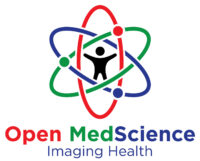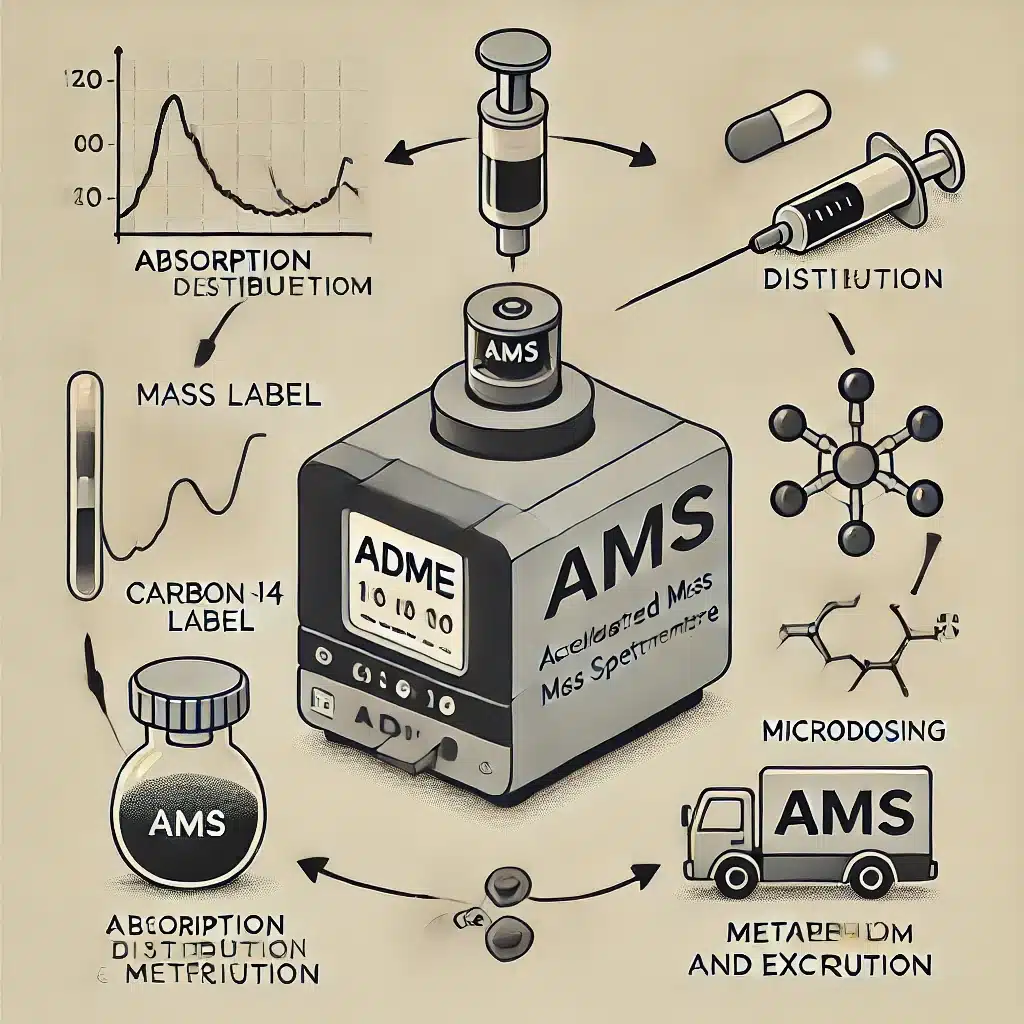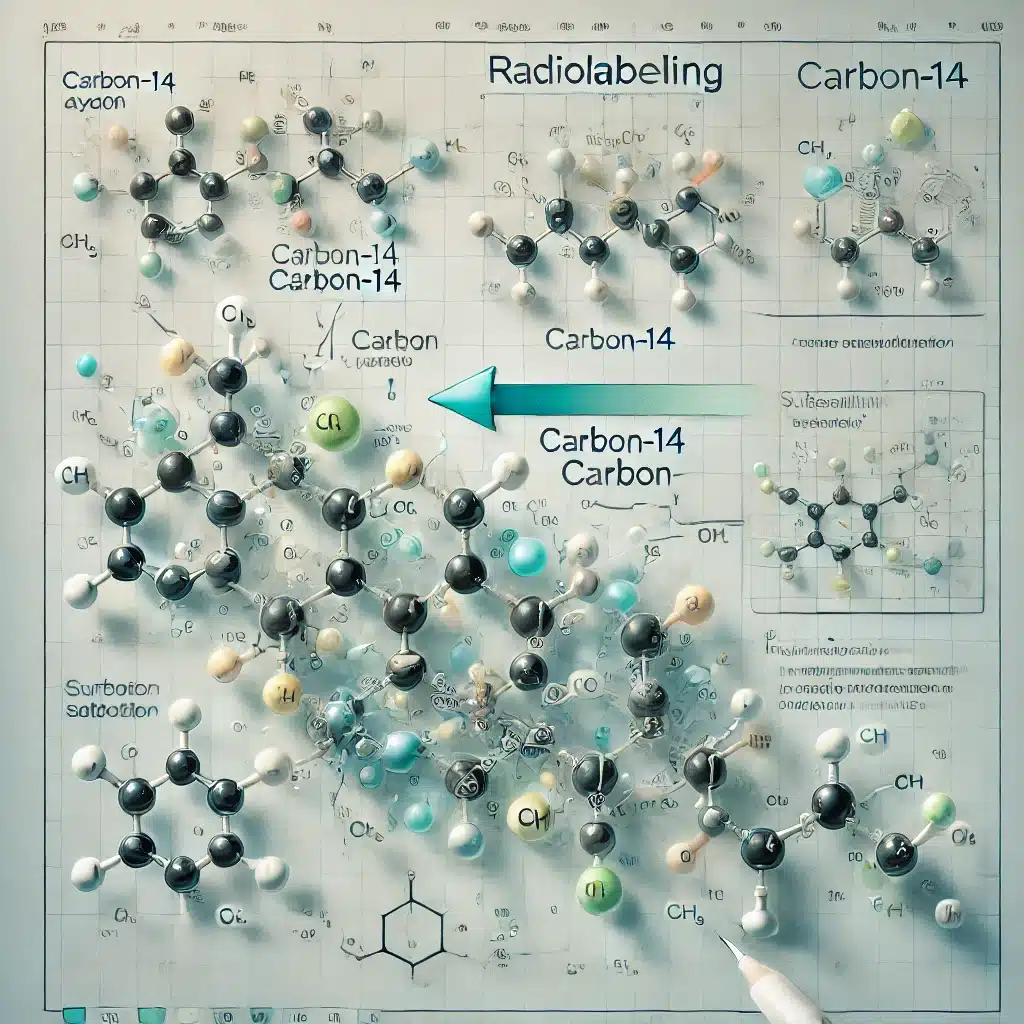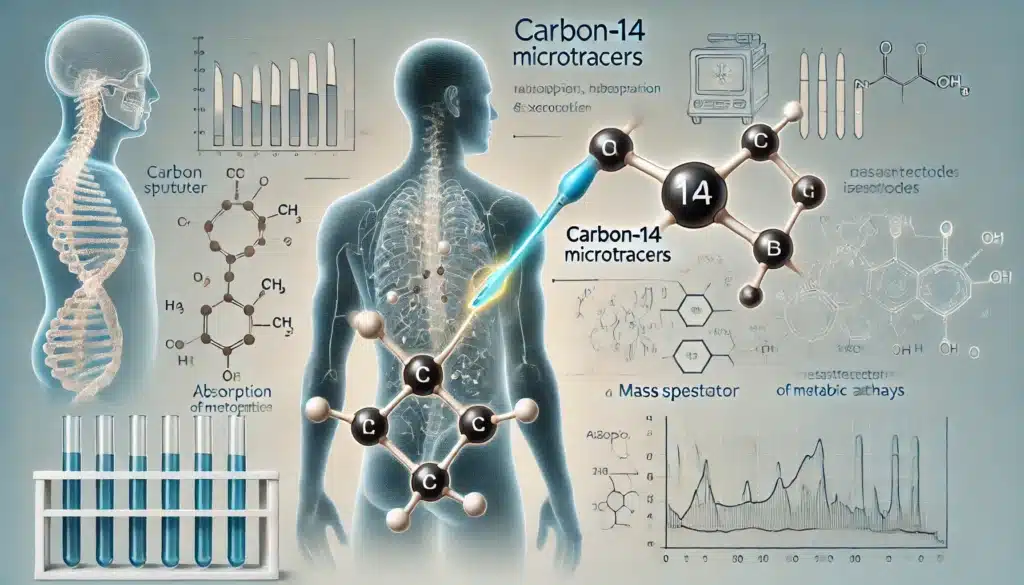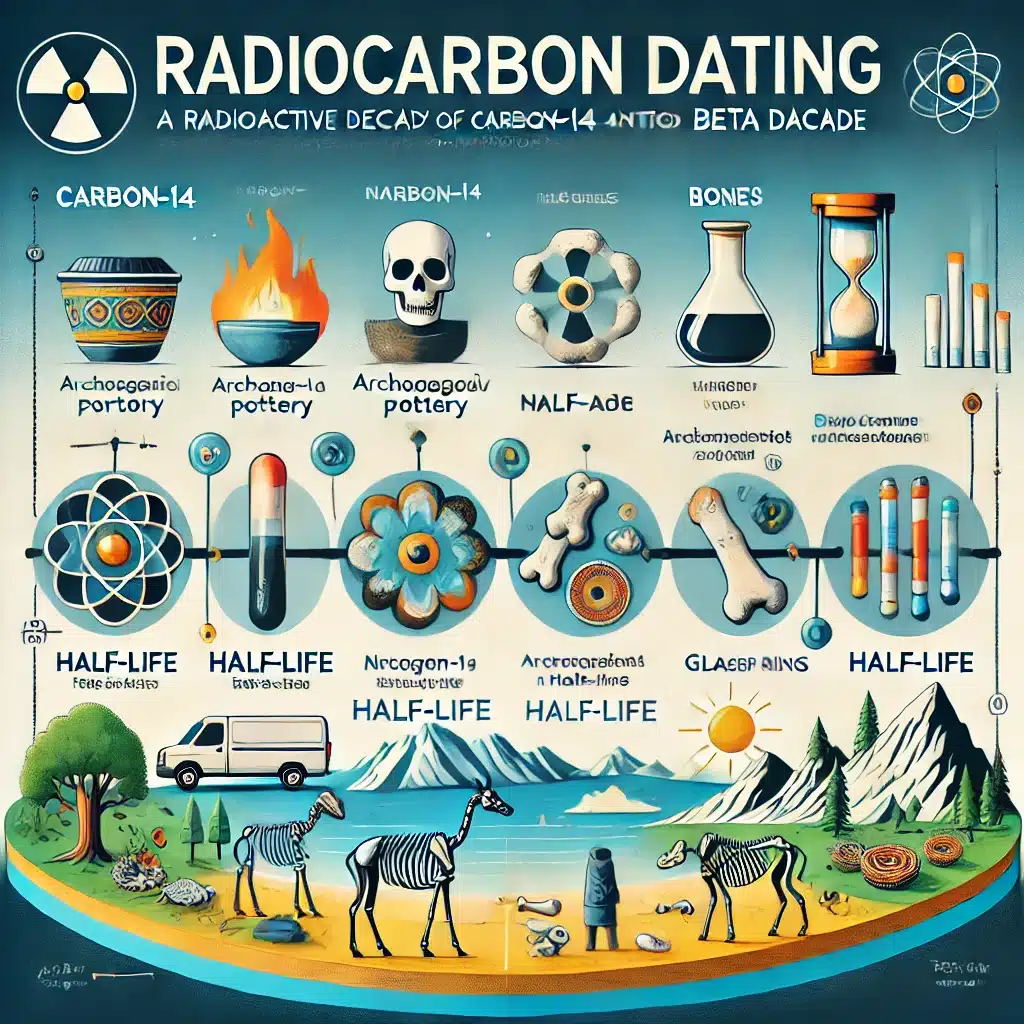Summary: Carbon-14 radiolabelling plays a crucial role in the modern drug discovery process by enabling the detailed study of drug metabolism, pharmacokinetics, and biological pathways. This article explores how Carbon-14 is applied in preclinical and clinical settings, its role in ADME studies, its advantages over stable isotopes, and the regulatory implications of its use. With its ability to reveal molecular journeys in living systems, Carbon-14 labelling remains an indispensable technique in pharmaceutical research.
Keywords: Carbon-14, radiolabelling, drug discovery, ADME, pharmacokinetics, metabolism studies.
Introduction
The journey of a potential drug from the laboratory bench to the patient’s bedside is complex and fraught with challenges. Understanding how a compound behaves within a biological system is essential to evaluating its efficacy and safety. Among the various techniques used to trace the fate of a drug candidate, radiolabelling with Carbon-14 (¹⁴C) remains one of the most reliable and informative methods. This radioactive isotope of carbon provides unique insights into absorption, distribution, metabolism, and excretion—collectively known as ADME—thus supporting critical decisions in drug development.
What is Carbon-14?
Carbon-14 is a radioactive isotope of carbon, possessing two extra neutrons compared to the stable carbon-12. It decays by beta emission with a half-life of approximately 5,730 years, making it ideal for long-term biological studies. Because it is chemically identical to carbon-12 and carbon-13, it behaves in the same way in chemical reactions and metabolic processes, ensuring that labelled compounds exhibit authentic pharmacological profiles.
In the pharmaceutical industry, ¹⁴C is introduced into drug molecules using synthetic chemistry techniques. These radiolabelled compounds can then be tracked with great sensitivity in biological samples, enabling researchers to follow the compound’s fate over time.
The Role of Carbon-14 in Early Drug Development
In the early stages of drug development, identifying the metabolic fate of a candidate compound is essential. Radiolabelled studies help scientists determine whether the compound is stable, how it is metabolised, and whether any potentially toxic by-products are formed. This is particularly important when selecting lead compounds from a group of candidates.
Carbon-14 is often used in mass balance studies, where the total recovery of radioactivity in excreta such as urine, faeces, and expired air is measured. These studies provide a comprehensive understanding of how a drug is metabolised in the body, informing decisions about dosage, formulation, and route of administration.
In addition, Carbon-14 labelling helps define the bioavailability of a compound. By comparing radiolabelled drug levels in blood plasma with the administered dose, researchers can determine the extent to which a drug enters systemic circulation.
Carbon-14 in ADME Studies
ADME studies form a cornerstone of regulatory submissions and are often required by agencies such as the MHRA, EMA, and FDA. These studies provide a full picture of a drug’s pharmacokinetic profile.
Using Carbon-14, researchers can obtain precise quantitative data on:
- Absorption: Determining how much of the drug reaches the bloodstream.
- Distribution: Identifying which tissues and organs the drug reaches and accumulates in.
- Metabolism: Discovering how the body modifies the drug through enzymes such as cytochrome P450s.
- Excretion: Understanding how and at what rate the drug and its metabolites are eliminated.
The radioactive signal from ¹⁴C allows the detection of very low concentrations of drug-related material, making it particularly valuable when studying slow metabolic pathways or long-term accumulation in tissues.
Carbon-14 and Metabolite Profiling
Identifying metabolites is critical in assessing drug safety. Some metabolites may be active, contributing to therapeutic effects, while others might be inactive or even harmful. Carbon-14 enables the accurate tracking of metabolites in biological fluids and tissues through techniques such as radio-HPLC and radio-TLC, often coupled with mass spectrometry.
Because of the high sensitivity of ¹⁴C detection, even trace metabolites can be detected and characterised. This is especially important for determining the structure of major human metabolites, which are required by regulatory guidelines to be tested in toxicity studies.
Moreover, radiolabelled studies help assess metabolic stability, a key determinant of a drug’s half-life and dosing frequency. Drugs with high metabolic clearance may require reformulation or chemical modification to enhance their in vivo persistence.
Human ADME and Microdosing with Carbon-14
Once a compound progresses to clinical development, human ADME studies are often conducted using radiolabelled material. In this context, Carbon-14 microdosing has emerged as a valuable tool.
Microdosing involves administering a very small, sub-therapeutic dose of a ¹⁴C-labelled drug to human volunteers. Due to the high sensitivity of accelerator mass spectrometry (AMS), it is possible to measure the pharmacokinetics of these small doses without risk to the subject. This technique can reveal early human metabolic profiles and can inform go/no-go decisions before committing to full Phase I trials.
Microdosing is especially valuable for drugs with complex metabolism or where preclinical data have suggested unusual pharmacokinetics. It also provides a rapid method for assessing inter-species differences in metabolism between animals and humans.
Manufacturing and Regulatory Considerations
The use of ¹⁴C-labelled compounds in clinical studies is governed by strict regulations concerning radiochemical purity, specific activity, and total radioactive dose. Compounds must be synthesised under Good Manufacturing Practice (GMP) conditions, and the total radiation burden to the volunteer must be within acceptable safety limits, typically below 1 mSv.
In terms of synthesis, selecting the optimal position for the ¹⁴C label is crucial for achieving optimal results. Ideally, the label should be placed on a metabolically stable part of the molecule to ensure it remains intact throughout the study. If the label is lost through metabolism, the study may fail to trace the parent drug and its relevant metabolites accurately.
To facilitate regulatory approval, documentation such as Investigator’s Brochures, Clinical Study Protocols, and Risk Assessments must all include comprehensive data on the radiolabelled material and its use.
Advantages of Carbon-14 over Stable Isotopes
While stable isotopes such as carbon-13 or deuterium can be used for tracing molecules, they do not emit radiation and must be detected using mass spectrometry. This has several limitations. Detection thresholds are often higher, and signal-to-noise ratios may be lower, making it challenging to study low-concentration compounds or slow metabolic processes.
In contrast, Carbon-14 emits a consistent and highly sensitive beta signal, which can be measured using liquid scintillation counting or AMS. This makes it uniquely suited for long-duration studies, tissue distribution experiments, and scenarios where the compound of interest exists in trace amounts.
Furthermore, stable isotopes are often more expensive to produce and may alter the pharmacokinetics of the molecule, especially when deuterium is used, owing to isotope effects on bond strength and metabolic rates.
Environmental and Safety Considerations
While Carbon-14 is a low-energy beta emitter and considered safe at the doses used in pharmaceutical research, its handling requires stringent controls. Laboratory personnel must adhere to radiation safety protocols, including the use of shielding, monitoring, and proper disposal of waste.
The environmental impact of ¹⁴C waste is minimised through strict adherence to national guidelines on radioactive effluent discharge. Additionally, research facilities must maintain detailed records of all ¹⁴C usage, storage, and disposal for auditing purposes.
In terms of patient safety, the radioactive dose administered in human ADME studies is typically equivalent to a few days’ background radiation. Nonetheless, ethical approval and informed consent are always required before such studies are undertaken.
Emerging Trends and Future Directions
The field of drug discovery is constantly evolving, and so is the role of radiolabelling. New radiochemical techniques are enabling more efficient incorporation of ¹⁴C into complex molecules. Automation of synthesis and purification is reducing costs and improving throughput.
At the same time, non-invasive imaging techniques such as positron emission tomography (PET) using short-lived isotopes like Carbon-11 and Fluorine-18 are providing complementary insights, particularly for CNS drugs. However, ¹⁴C remains unmatched for long-term studies and detailed metabolite tracking.
There is also growing interest in combining radiolabelling with omics approaches, such as metabolomics and proteomics, to gain a systems-level view of drug action and toxicity. This integrated approach could enhance early risk assessment and streamline development timelines.
Moreover, regulatory bodies are increasingly recognising the value of early human data generated through ¹⁴C microdosing, which could accelerate the approval of safe and effective medicines.
Conclusion
The use of Carbon-14 in drug discovery is a cornerstone of modern pharmaceutical research. It provides unparalleled insight into the fate of a compound within biological systems, enabling scientists to understand its safety, efficacy, and metabolic pathways. From preclinical mass balance studies to human microdosing and beyond, ¹⁴C radiolabelling continues to be an indispensable tool in the quest to develop new medicines.
As technologies advance and the demand for detailed pharmacokinetic and metabolic data grows, the role of Carbon-14 is only set to expand. By tracing the otherwise invisible journey of molecules through the body, researchers can make informed decisions, reduce risk, and ultimately bring better treatments to patients worldwide.
Disclaimer
The content provided in this article is intended for informational and educational purposes only. It does not constitute professional advice, scientific guidance, or regulatory instruction. While every effort has been made to ensure the accuracy and reliability of the information presented, Open MedScience makes no representations or warranties regarding its completeness or current relevance.
The discussion of radiolabelling techniques, including the use of Carbon-14, is based on general scientific principles and may not reflect specific circumstances or regulatory requirements in individual jurisdictions. Readers should consult appropriate experts and regulatory authorities before applying any of the methods or interpretations mentioned herein to research or clinical practice.
Open MedScience does not accept any responsibility or liability for any loss or damage resulting from the use of the information in this article.
You are here: home » diagnostic medical imaging blog »